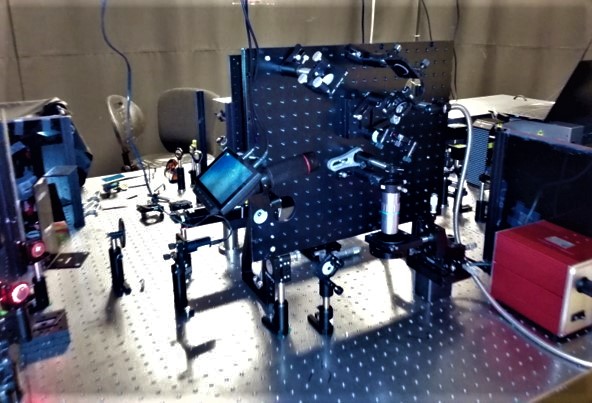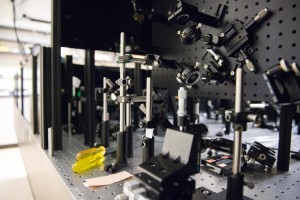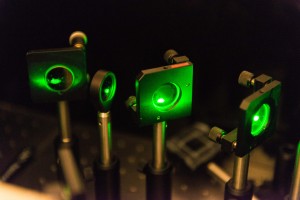 |
Raman spectroscopy, as a vibrational spectroscopy, can provide rich “finger printing” molecular information and is featured at chemical recognition in surface science, material science and biology. By using noble metal nanostructures, plasmon at metal surface can be excited under illumination, and thus remarkably enhance the Raman signal of molecule nearby. This is known as plasmon-enhanced Raman scattering (PERS) technique, which allows for the chemical identification of interfacial processes with ultrahigh detection sensitivity. In our group, we aim at in situ probing solid-liquid interface at the molecular level, such as electrochemical reaction and electrode-electrolyte interface, by plasmon-enhanced spontaneous and time-resolved Raman spectroscopy.
|

